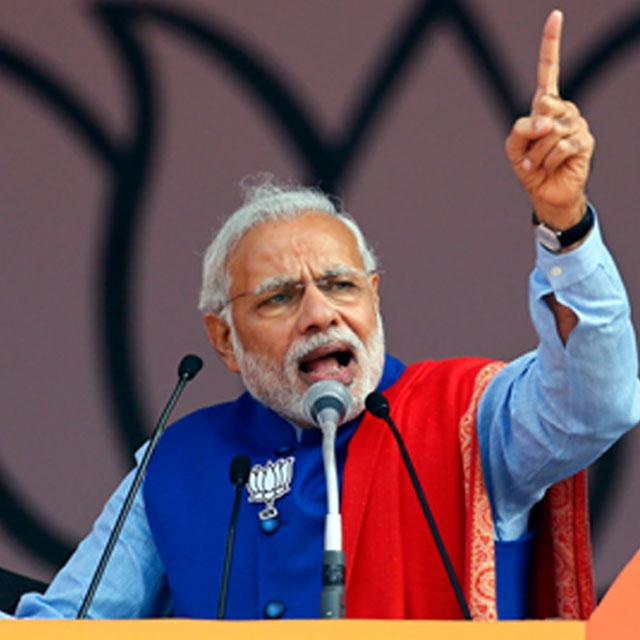The big wager by both domestic and foreign investors on a reformist government has already catapulted stock market valuations by a quarter in less than a year. But the new government has little more than an intent to reform to show in its first nine months on the job and many believe the positive sentiments are yet to percolate from stock markets to the real economy. All eyes are now set upon its first full Union Budget to be presented next week.
Almost everybody and his brother is expecting big moves but if the respondents to a VCCircle survey of close to a dozen economists are anything to go by, the Budget may well fall short of the big bang reforms.
While most economists said they expect the government to meet its fiscal deficit target only a slim majority feel it would initiate bold reforms in the Budget and added that major tax reforms may remain elusive.
One point of consensus is that Prime Minister Narendra Modi's pet projects like 'Make in India', 'Smart City' and 'Digital India' will find special mention in the Budget.
Although the Bharatiya Janata Party, which rules at the centre, was mauled at the recent state elections in Delhi, despite a high pitched campaign involving the PM himself, the government may toe a different line and would not come with a populist Budget, the economists believe.
This is partly to do with the fact that there are not too many state elections due this year, most of them are scheduled for 2016 and a populist Budget looks more likely to be rolled out next year.
The respondents said given the financial constraints the government faces, in terms of controlling its plan expenditures and boosting investment, the finance minister may move towards introducing reforms in the archaic labour laws besides pruning subsidies. But big tax reforms may not figure prominently in the Budget speech.
"A nationwide implementation of key reforms such as GST roadmap, will remain a distant reality for the time being,” said one of the economists requesting anonymity.
The new set of GDP figures based on revised calculations and base year shift brings some respite for the government as India outpaced China as the fastest growing economy but doubts are being raised about the revised figures.
Two-thirds of the respondents surveyed were confident that the government will achieve its fiscal deficit target. This is despite undershooting the government's own disinvestment target with only an offer-for-sale of Coal India to show, that too almost half picked by state controlled-LIC.
But economists seem optimistic that the government would be able to more than double the sum of Rs 22,557 crore that it successfully garnered from Coal India, next year. They said the government would look forward to more divestment and forecast an amount of Rs 47,500 crore coming into the exchequer's coffers in 2015-16. This would most likely depend on the stock markets sustaining their buoyancy.
This could also be a tricky aspect as the sharp run in the markets in the last year means there are limited upside from here-on unless a big raft of reforms is pushed next week.
The finance minister is expected to turn around the investment flow towards manufacturing and infrastructure figures as the sector finding major focus in the Budget.
With the Modi government working towards making India an investment friendly destination, one of the key priority areas would be fiscal consolidation, the economists said.
Besides disinvestments, the economists reiterated the government stance on subsidies with most mentioning Direct Benefit Transfer and elimination of subsidy to creamy layer as the major subsidy reforms that the government would offer in the coming Budget.
The government cannot eliminate subsidies as a large chunk of the population still survives below the poverty line, but it would look at rationalisation of subsidies. The debate is on the quantum of cut with some saying it could be around a quarter, which may be seen as bold but still below what some others are expecting.
With the Reserve Bank looking for cues from the fiscal policy before it undertakes further rate cut, a lot would depend on what reforms the government can initiate to boost investment without disadvantaging the lower strata.
The finance minister has emphasised that the government can be both pro-poor and pro-business and the two are not mutually exclusive, what remains to be seen is whether he would be able to deliver on both platforms.
(Edited by Joby Puthuparampil Johnson)





